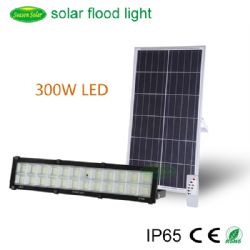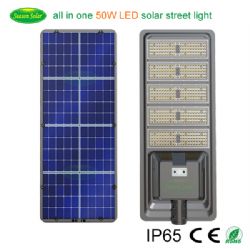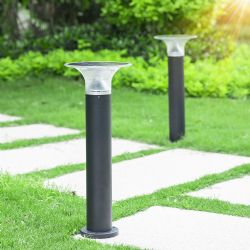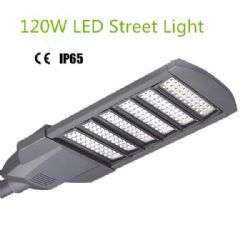Traditionally, there are three types of solar cells(PV Panels)
Traditionally, there are three types of solar cells(PV Panels)
Crystalline Silicon (Polysilicon or monosilicon):
This is the first generation PV cell made from silicon. Single crystalline silicon is called monosilicon while the polycrystalline silicon is called polysilicon. Traditionally, monosilicon is used to produce most silicon based microelectronic devices while the ultra-pure polysilicon (99.9999%) is used for macro-scale and micro-scale (component) production. Most common application for this is in the semiconductor industry such as integrated circuits and central processing units for computers. Beginning in 2006, over half of the world’s supply of polysilicon was being used for production of solar panels.
Monosilicon has higher efficiency and thus higher cost. Commercial monosilicon efficiency approximates 22% as produced by US and Japanese solar manufacturers. Crystalline silicon devices have theoretical limiting efficiency of 29% and can achieve an energy payback period of 1-2 years. Most of the low end manufacturers are producing polysilicon PV cells with efficiency of 7-8%.
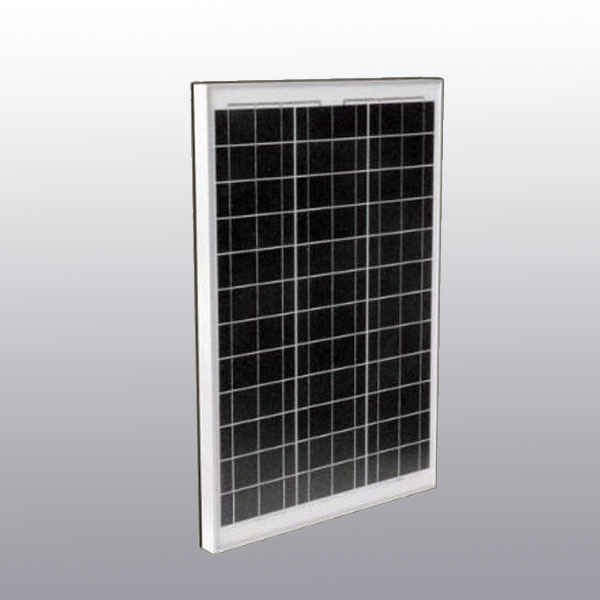
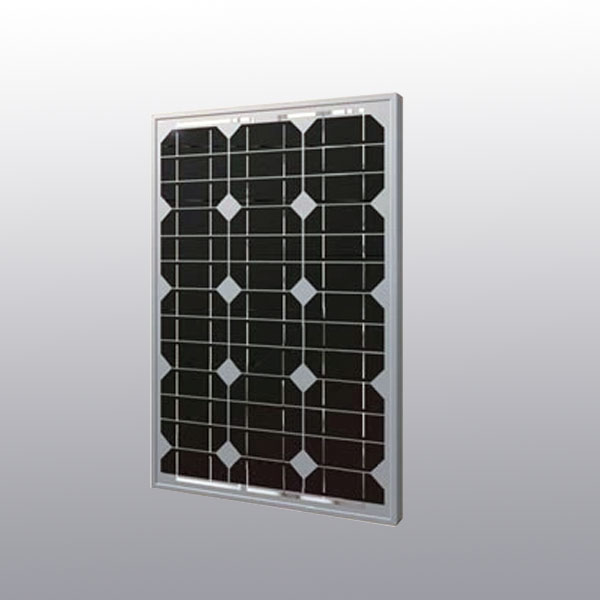
Thin film Solar Cell (TFSC):
This second generation PV cell applies amorphous, protocrystalline, and nanocrystalline (black silicon on glass) to a plastic or metal surface by chemical vapor deposition. Thin film silicon is opposed to wafer silicon (also called bulk or crystalline silicon). Overall thin film solar cells have lower efficiency and are less expensive than crystalline silicon. Most thin film cell technology has an efficiency of 12-20%, prototype module efficiency of 7-13% and production module efficiency of 9%. State-of-the-art thin film cells can reach the efficiency of 10-16%, with the highest reported efficiency being 18%.
Thin film technology has been developed for Building Integrated Photovoltaics (BIPV). These are semitransparent solar cells which can be applied as window glazing so the BIPV technology can be used for window tinting while also generating electricity.
Organic Photovoltaic Cell (OPVC):
This third generation PV cell technology uses organic, electronic conductive polymers or small molecules for light absorption and electrical charge transport. The benefits are low cost and large scale production cpability with flexibility. The disadvantages are low efficiency, low stability and low strength compared to traditional non-organic PV cells. For the most part, OPVC technology is still in R&D stages and not ready for mass commercialization.
In 2009, about 85% of the PV solor cell market was dominated by crystalline silicon cells while only 15% was represented by thin film solar cells.
Featured Products
-
New wall-mounted style 300W solar flood light/lamp with led light for billboard lighting
USDInquiry
-
New high power all in one style 50W outdoor solar street light/lamp with led light
USDInquiry
-
New Style high efficiency and bright LED Solar Garden Light/Lamp
USDInquiry
-
Top Quality 120W Outdoor LED Street Light
USDInquiry
Contact us
Tel: 0086-13564181085
E-mail: info@seasonsolarlight.com
Add: Unit 1307, Beverley Commercial Centre, 87-105 Chatham Road South, Tsim Sha Tsui, Kowloon, Hongkong
E-mail: info@seasonsolarlight.com
Add: Unit 1307, Beverley Commercial Centre, 87-105 Chatham Road South, Tsim Sha Tsui, Kowloon, Hongkong
Copyright © 2016-2025 Seasonsolar All Rights Reserved.
